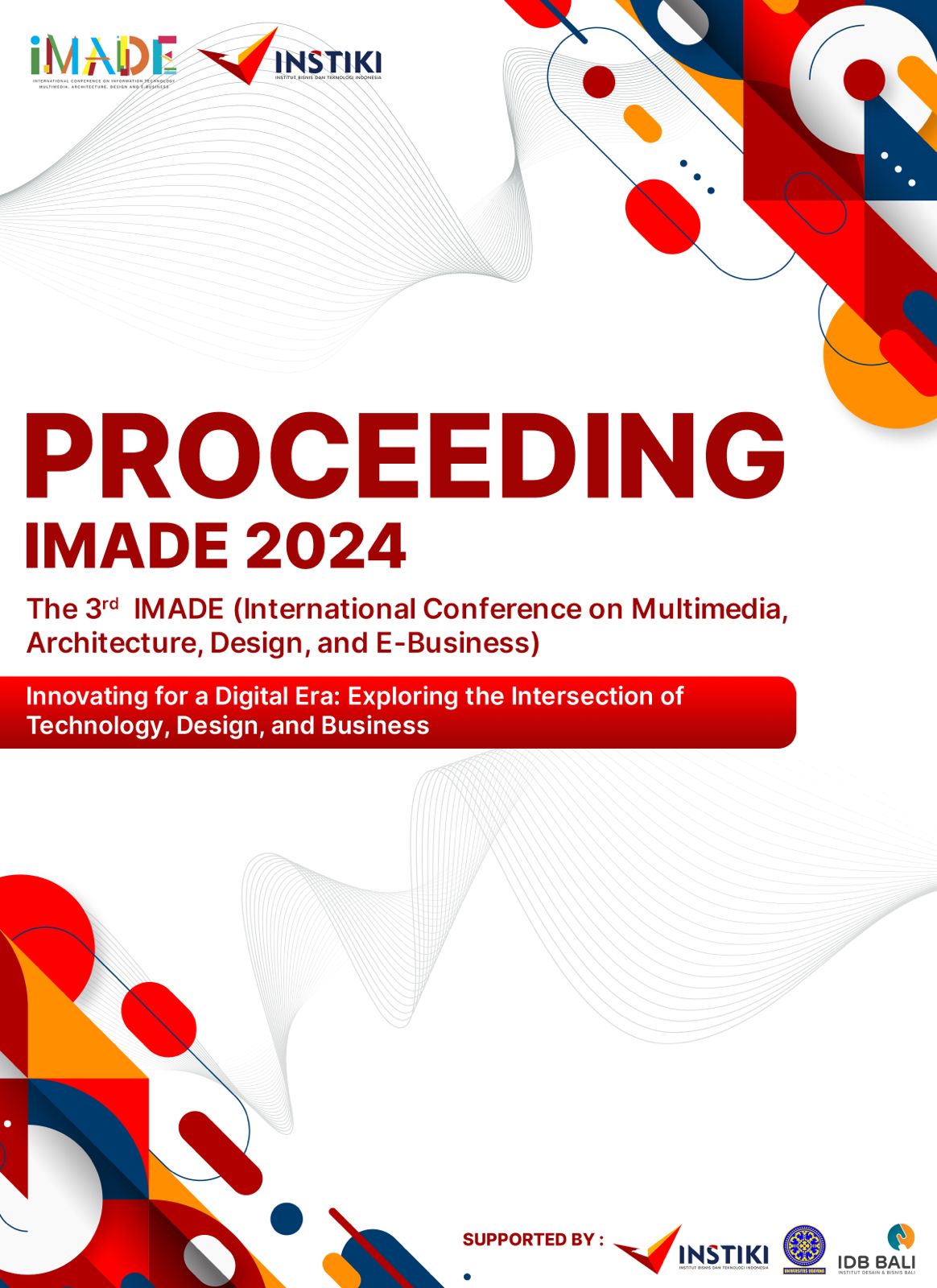FACTORS INFLUENCING USER ACCEPTANCE AND ADOPTION OF THE WONDR BY BNI APPLICATION
A QUALITATIVE STUDY
Keywords:
Wondr Application, Unified Theory of Acceptance and Use of Technology 2, Qualitative Method, Interpretive Paradigm, Interpretative Phenomenological AnalysisAbstract
This study examines factors influencing the acceptance and use of the Wondr by BNI application among customers using a qualitative phenomenological approach. In-depth interviews with participants aged 26–45 explored their perceptions of the application’s benefits, challenges, and usability.The findings highlight significant benefits, including enhanced transactional efficiency, biometric authentication, digital card locking, and the 3D Financial Concept integrating financial insights, transactions, and growth. Most participants found the application user-friendly and adaptable, reflecting strong performance and effort expectancy. Features like QRIS discounts further boosted hedonic motivation and user satisfaction. However, challenges emerged, such as the significantly altered interface and the absence of familiar features like transaction proof screenshots, which some users found problematic. Social influence was a major driver of adoption, while facilitating conditions, such as smartphones and internet access, were not barriers. Habit played a key role, with most users adapting quickly, although some struggled with the transition. The study concludes that the Wondr by BNI application has strong potential as an innovative financial management tool. Addressing user concerns, simplifying transitions, and reintroducing key features are essential to improving acceptance and engagement. Future research should include quantitative studies with broader demographics to validate these findings and develop targeted strategies for user adoption.
References
Alalwan, A. A., Dwivedi, Y. K., Rana, N. P., & Algharabat, R. (2018). Examining Factors Influencing Jordanian Customers’ Intentions and Adoption of Internet Banking: Extending UTAUT2 With Risk. Journal of Retailing and Consumer Services, 40, 125–138. https://doi.org/https://doi.org/10.1016/j.jretconser.2017.08.026
Alase, A. (2017). The Interpretative Phenomenological Analysis (IPA): A Guide to a Good Qualitative Research Approach. International Journal of Education and Literacy Studies, 5(2), 9–19.
Al-Okaily, M., Alalwan, A. A., Al-Fraihat, D., Alkhwaldi, A. F., Rehman, S. U., & Al-Okaily, A. (2022). Investigating Antecedents of Mobile Payment Systems’ Decision-Making: a Mediated Model. Global Knowledge, Memory and Communication, ahead-of-print.
Creswell, J. W., & Creswell, J. D. (2017). Research Design: Qualitative, Quantitative, and Mixed Methods Approaches. Sage publications.
Creswell, J. W., Shope, R., Plano Clark, V. L., & Green, D. O. (2006). How Interpretive Qualitative Research Extends Mixed Methods Research. Research in the Schools, 13(1), 1–11.
Dewi, N. H. U., & Diptyana, P. (2022). Makna Pengendalian Internal dalam Perspektif Lembaga Amil Zakat, Infaq, Shodaqoh: Pendekatan Paradigma Interpretif. Jurnal Riset Akuntansi & Perpajakan (JRAP), 9(1), 41–51.
Gupta, K., & Arora, N. (2020). Investigating Consumer Intention to Accept Mobile Payment Systems Through Unified Theory of Acceptance Model: An Indian Perspective. South Asian Journal of Business Studies, 9(1), 88–114.
Newman, L. (1997). Descartes’ Epistemology.
Pietkiewicz, I., & Smith, J. A. (2014). A Practical Guide to Using Interpretative Phenomenological Analysis in Qualitative Research Psychology. Psychological Journal, 20(1), 7–14.
Pokropski, M. (2019). Phenomenology and Mechanisms of Consciousness: Considering the Theoretical Integration of Phenomenology With a Mechanistic Framework. Theory & Psychology, 29(5), 601–619.
Purnama, M. J., Mimba, N. P. S. H., Sari, M. M. R., & Ariyanto, D. (2023). TRANSAKSI E-COMMERCE: A BUSINESS PROCESS MODELLING. SENADA (Seminar Nasional Manajemen, Desain Dan Aplikasi Bisnis Teknologi), 6, 266–271.
Purnama, M., Mimba, N. P. S. H., Sari, M. M. R., & Ariyanto, D. (2023). Success Analysis of Flip: A Free Interbank Funds Transfer Mobile Application Using the UTAUT2 Model. Jurnal Ilmiah Akuntansi, 8(2).
Tandon, U., & Kiran, R. (2018). Study on Drivers of Online Shopping and Significance of Cash-on-Delivery Mode of Payment on Behavioural Intention. International Journal of Electronic Business, 14(3), 212–237.
Tindall, L. (2009). JA Smith, P. Flower and M. Larkin (2009), Interpretative Phenomenological Analysis: Theory, Method and Research. London: Sage. Taylor & Francis.
Venkatesh, V., Thong, J. Y. L., & Xu, X. (2012). Consumer Acceptance and Use of Information Technology: Extending the Unified Theory of Acceptance and Use of Technology. MIS Quarterly, 36(1), 157–178. https://doi.org/10.2307/41410412
www.bni.co.id. (2024). BNI Celebrates its 78th Anniversary by Launching “Wondr by BNI” and Hosting the BNI Expo 2024. www.bni.co.id
Downloads
Published
How to Cite
Issue
Section
License
Copyright (c) 2024 Madek Jeani Purnama, Cokorda Rai Adi Pramartha, Ni Wayan Widya Ekarini

This work is licensed under a Creative Commons Attribution-NonCommercial-ShareAlike 4.0 International License.





